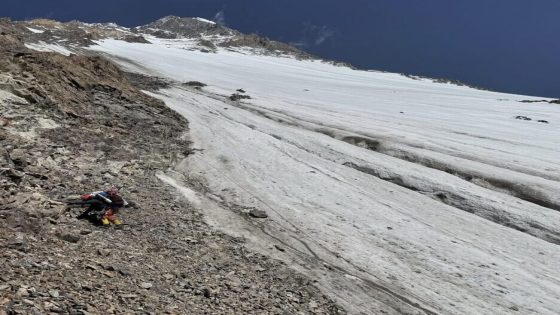The recent summit of K2 on August 11 has sparked intense discussions about climbing safety and risk management. Gulnur Tumbat, a Turkish-U.S. climber, expressed her harrowing experience, stating she was simply “grateful to be alive” after a terrifying descent. As one of 39 climbers who reached the peak, Tumbat’s journey highlights the inherent dangers of high-altitude climbing.
- Gulnur Tumbat felt extreme fear on K2.
- Rockfall danger plagued the descent.
- Jing Guan tragically died from a rock.
- Tumbat's group faced terrifying conditions.
- Debate on climber risk and guides arises.
- Luck often determines success or tragedy.
Despite improved weather conditions, the descent proved perilous. Tumbat recounted the tragic death of fellow climber Jing Guan, who was killed by falling rocks. This incident raises critical questions about the risks climbers face and the responsibilities of guides during such treacherous expeditions.
The harrowing accounts from climbers like Tumbat emphasize the fine line between adventure and tragedy. How much risk is acceptable when inexperienced climbers are involved? This season’s events illustrate that luck often dictates success in climbing.
- Climbers face significant risks from rockfall, as evidenced by recent fatalities.
- Guides must balance adventure with safety, especially for less experienced clients.
- The climbing community is urged to reassess risk management practices.
As the climbing community reflects on these events, it’s crucial to advocate for enhanced safety measures and better training for climbers. Will the lessons learned from K2 lead to safer practices in the future?































